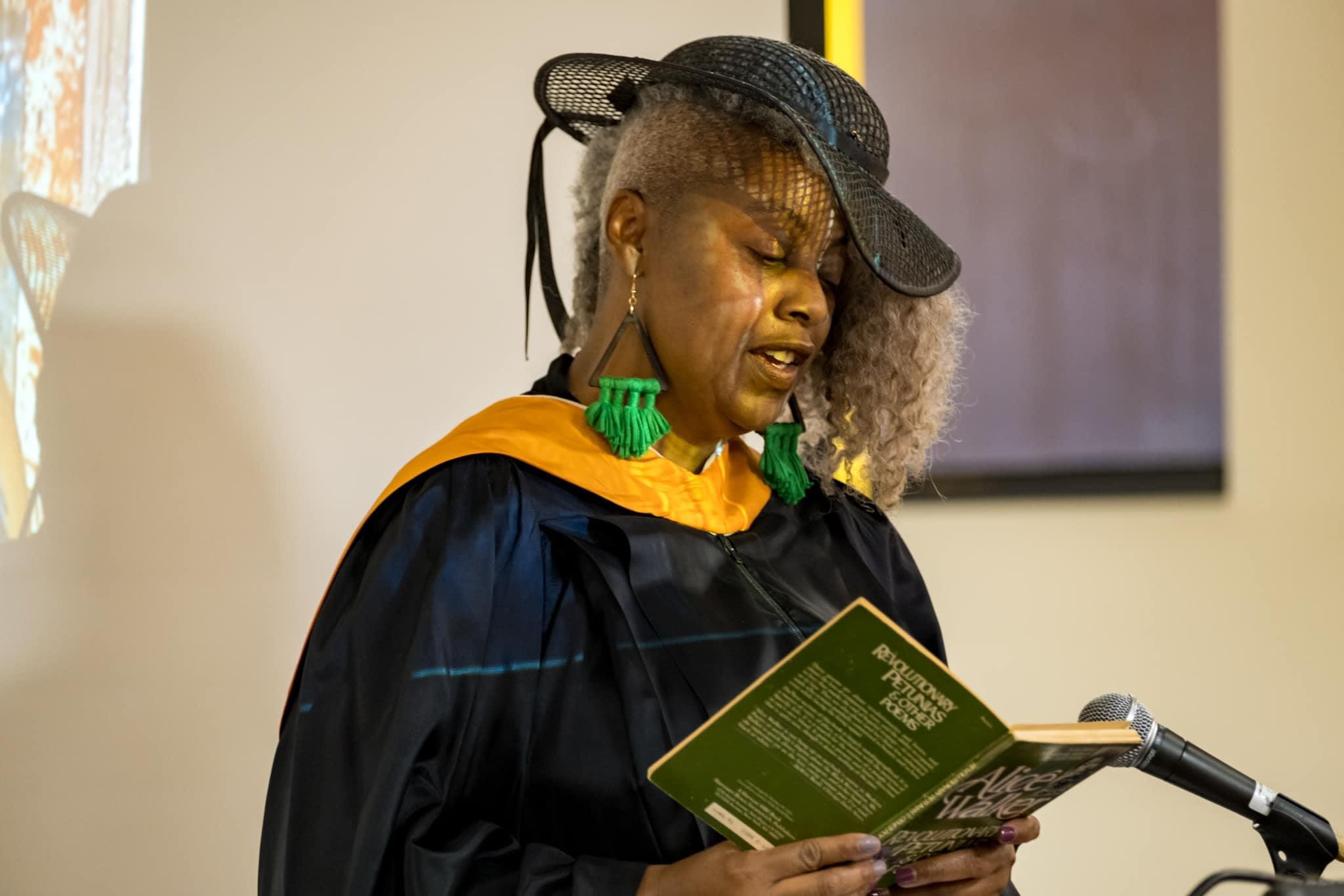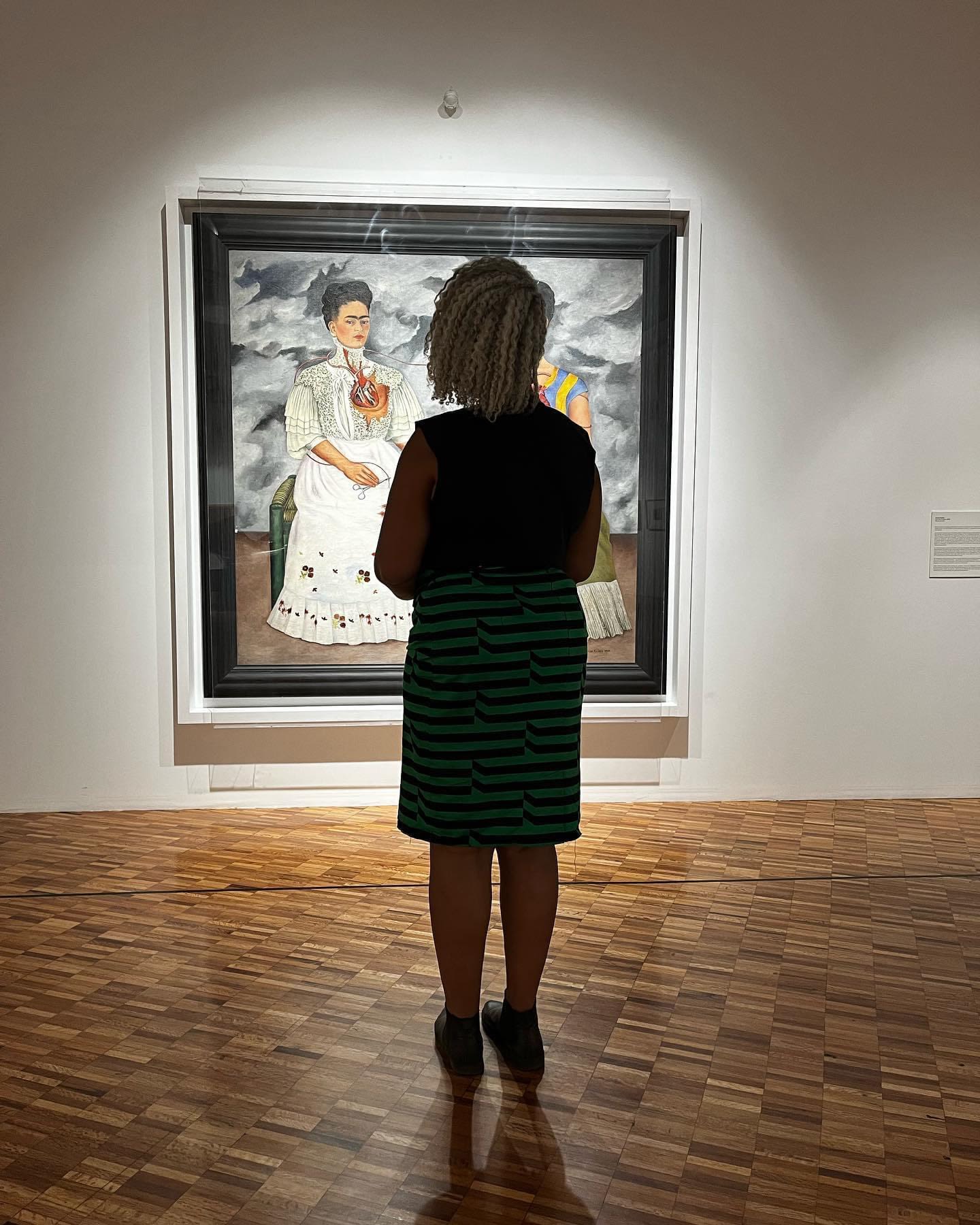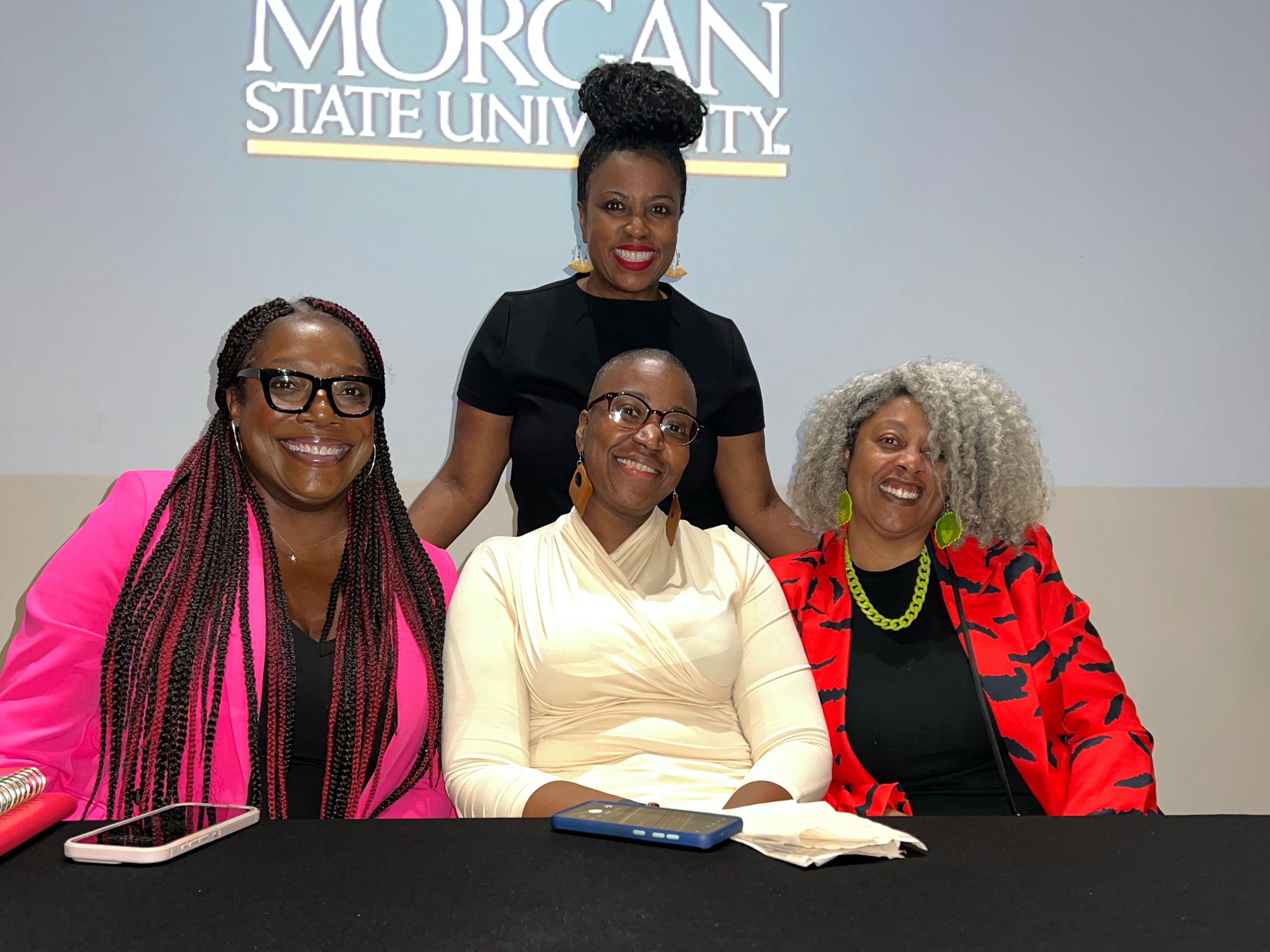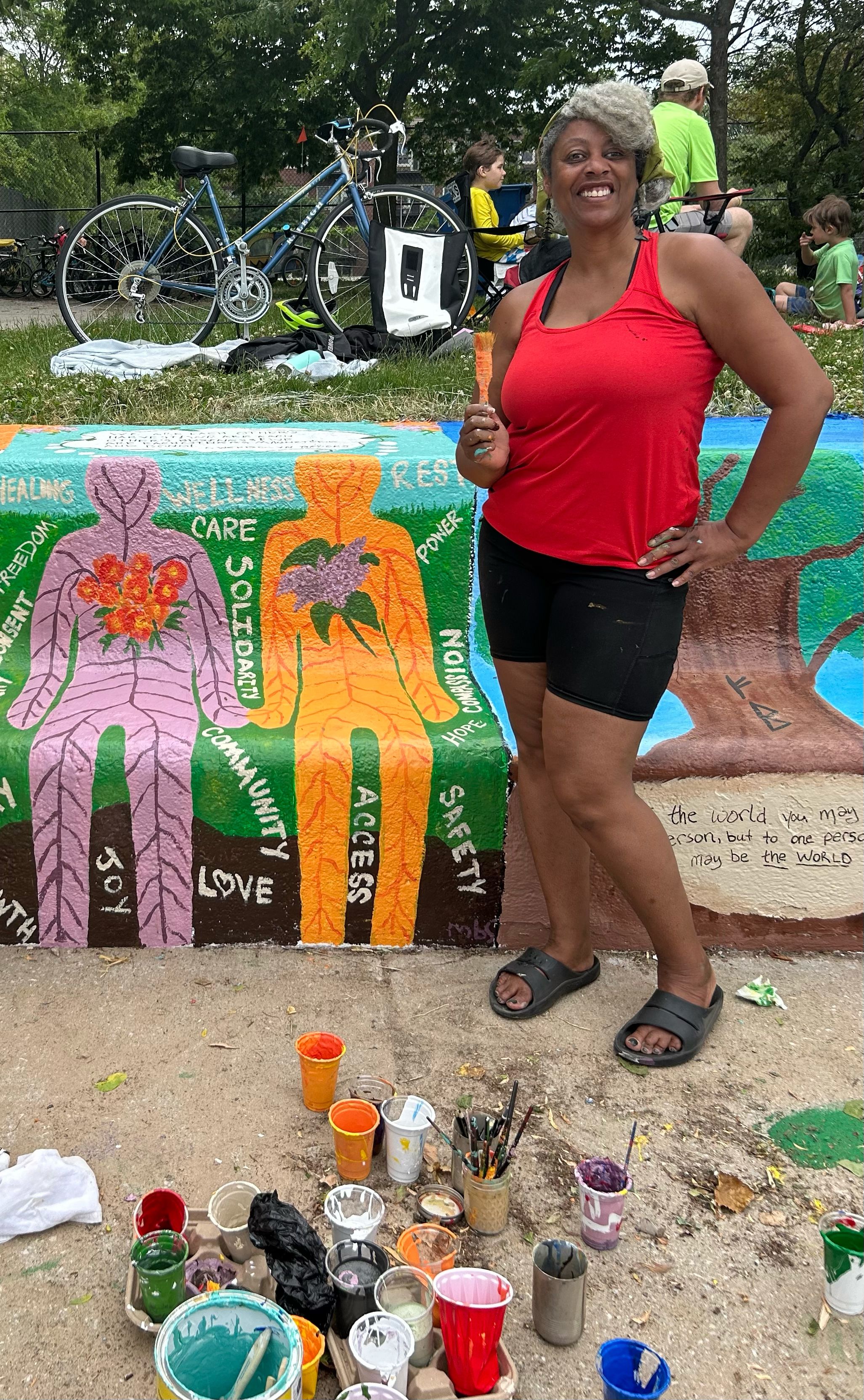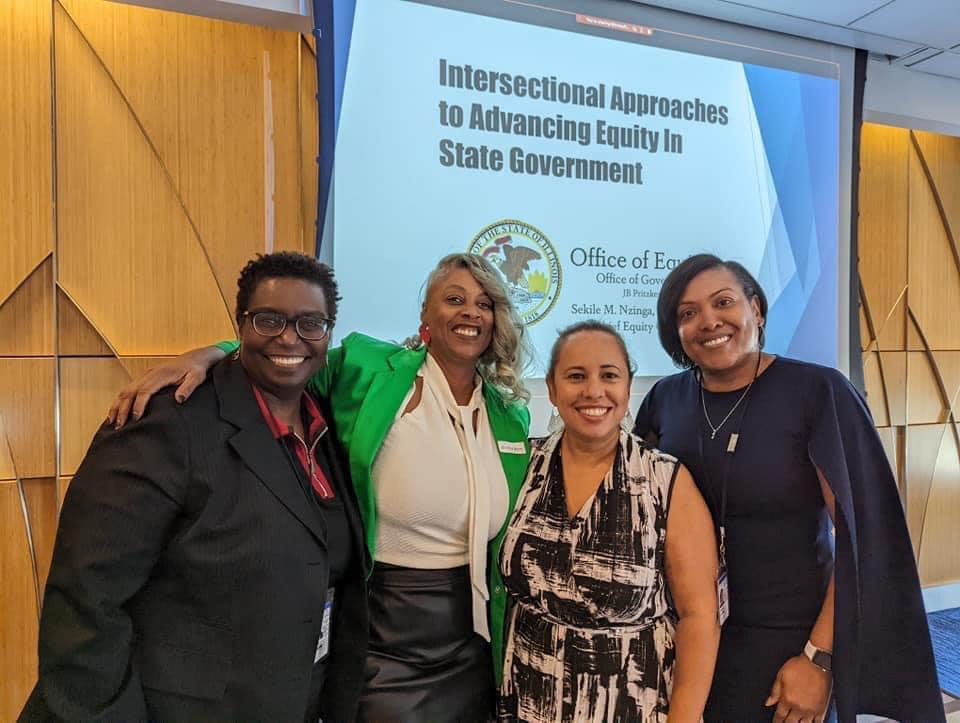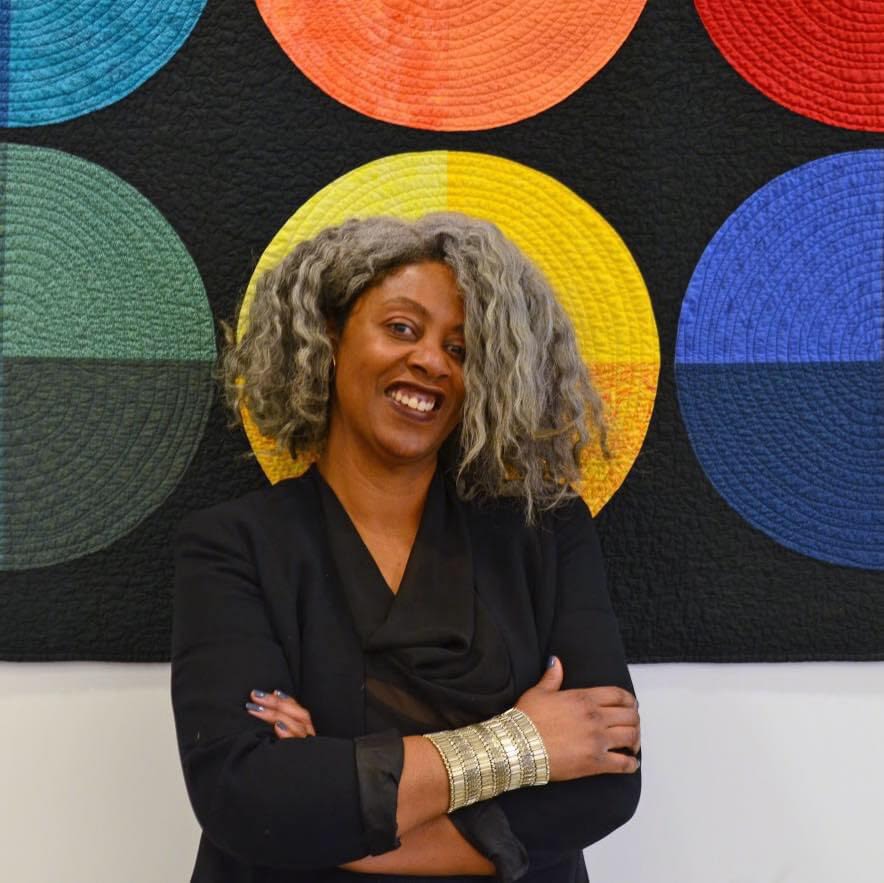Expert Advice from Sekile M. Nzinga
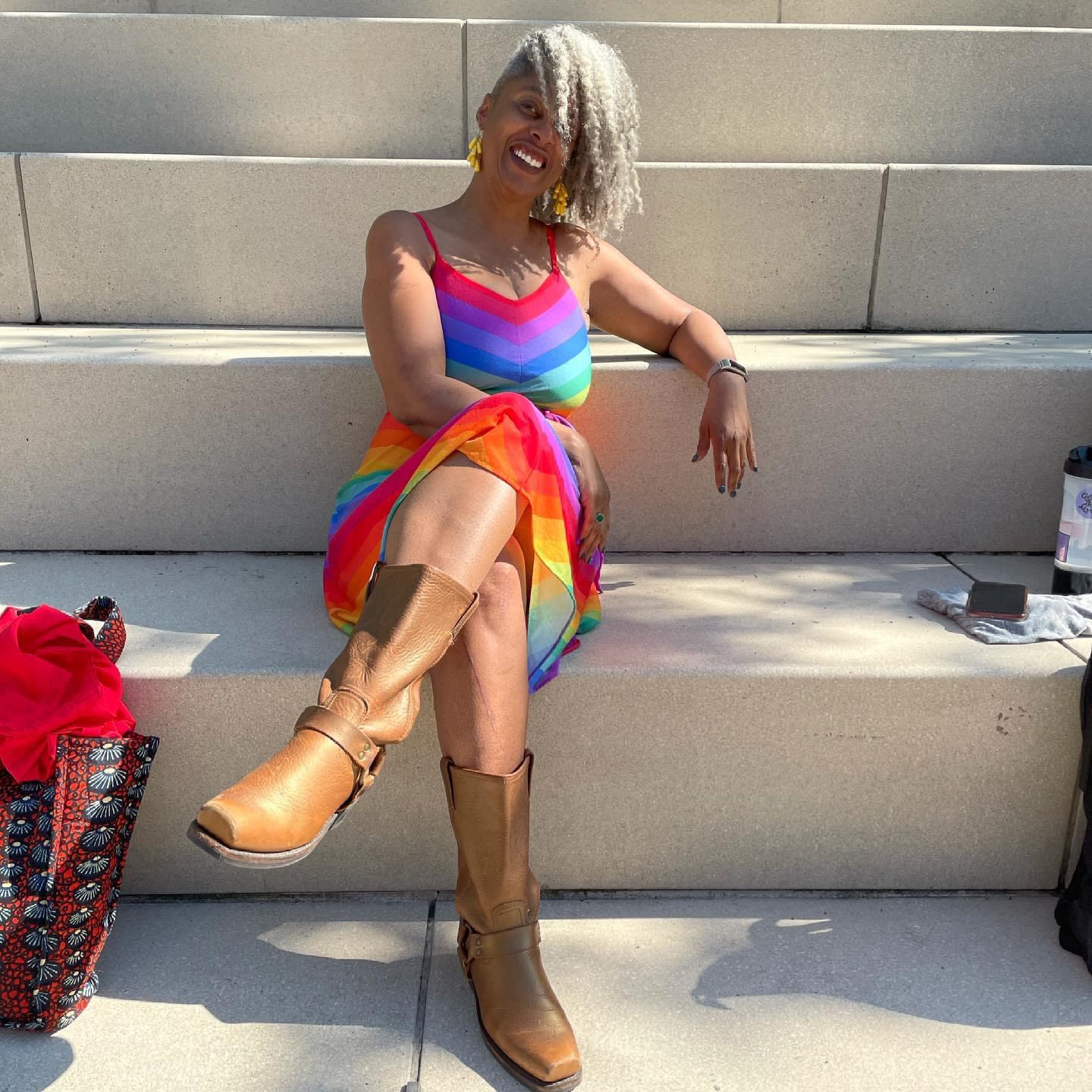
by Caitlin Cooner
The first time Sekile M. Nzinga got involved in a fight for justice was during her first year at the historically Black college Morgan State University.
When Nzinga and her peers learned Morgan only received a small portion of Maryland’s state appropriations compared to predominantly white institutions, they staged a sit-in and peacefully marched to the state capitol.
“By the time I graduated in 1993, I felt as though we had made a difference,” said Nzinga. “That is when I fell in love with higher education, and I have been fiercely committed to educational and social justice ever since then.”
Image courtesy of Nzinga
Image courtesy of Nzinga
Since then, Nzinga has made it her life’s mission to foster equitable and affirming environments for marginalized communities. Beginning with a career in social work, Nzinga has brought her passion and intersectional feminist expertise to multiple sectors including academia, state government, and nonprofits. Today, Nzinga has joined the School of the Art Institute of Chicago (SAIC) as an important collaborator. Now serving as the School’s vice president of diversity, equity, and inclusion, Nzinga works with the SAIC community to co-create a culture of collective responsibility, shared learning, and belonging. Here, she discusses her experiences, values, and advice for creating an inclusive future.
Image courtesy of Nzinga
Image courtesy of Nzinga
How has your background in social work informed your work in DEI?
The often misconstrued terms “diversity, equity, and inclusion” were not part of the lexicon when I began my career, but I believe my training as both a social worker and a professor have greatly informed my commitment to diversity, equity, inclusion, accessibility, and anti-racism (DEIA+AR). My social work professors and campus administrators in college helped me to understand how systems of oppression are institutionalized. They were also involved in community work and modeled what it meant to be an engaged scholar-practitioner.
After I graduated from Morgan, I earned my master’s in clinical social work. Technically, I could have just started a clinical practice, but my professors taught me that supporting people at the individual level was not enough. My social work classes helped me to gain micro-clinical skills, but they also honed my macro skills in advocacy, policy reform, and research that I continue to use today.
Lisa Butler, Arnita Patterson, Patricia Williams Dockery, and Nzinga at Morgan State University's “Black Women, Mental Health and Higher Education” panel. Image courtesy of Nzinga
Lisa Butler, Arnita Patterson, Patricia Williams Dockery, and Nzinga at Morgan State University's “Black Women, Mental Health and Higher Education” panel. Image courtesy of Nzinga
What has been a priority to you as you have worked across multiple sectors?
My priority has been the same whether I am working in higher education, state government, the not-for-profit sector, or in community-based organizations—to make social resources accessible to all and to make social institutions less harmful and of service to the common good.
“I like to begin from a place of intentional engagement, genuine curiosity, and in the spirit of collaboration.”
Image courtesy of Nzinga
Image courtesy of Nzinga
As you settle into your new role as the vice president of diversity, equity, and inclusion, what are your goals for SAIC?
I like to begin from a place of intentional engagement, genuine curiosity, and in the spirit of collaboration. In my inaugural year, I have several goals that are simply related to establishing a new office and becoming a partner in current DEIA+AR efforts at SAIC. I have been meeting with faculty, staff, and students who have spearheaded DEI+AR efforts at SAIC. [There are places they are feeling] most proud of and there are places where they believe we have stagnated in our stated commitments and collective responsibilities.
Although there is a very real anti-DEI climate being expressed by some in the US, I am inspired by the School of the Art Institute of Chicago’s long histories of social practice that continue to take root as my office champions a campus-wide coordinated approach to this work. Beyond year one, my office will have three priority areas of DEIA+AR action within academic affairs, within co-curricular initiatives, and within institutional operations. My hope is that we as a School community will develop a shared sense of commitment and ideally some shared perspectives and strategies in redressing the very real systems and practices of harm, exclusion, and inequality that we have all inherited.
Chris Smith of the Illinois Department of Human Rights, Nzinga, former Deputy Governor Sol Flores, and Glenda Corbett of the Illinois Department of Aging at Intersectional Approaches. Image courtesy of Nzinga
Chris Smith of the Illinois Department of Human Rights, Nzinga, former Deputy Governor Sol Flores, and Glenda Corbett of the Illinois Department of Aging at Intersectional Approaches. Image courtesy of Nzinga
What advice do you have for someone who wants to get involved in advancing DEI work?
I will paraphrase the words of Miriame Kaba, who offers us questions to ask ourselves when we are feeling outraged about injustices and aren’t sure how to get involved.
1. What resources exist so I can better educate myself? This question is important to begin with because we want to take responsibility for learning and growing in our understanding without depending on those that are navigating systems of harm and exclusion to be our teachers. It does not matter when and where you begin, but I do invite you to begin!
2. Who's already doing work around this injustice at SAIC or in our community that I can offer my support and solidarity? Slow down and bear witness to the efforts of your students, colleagues, peers, and community members. Joining existing efforts building capacity and community. You also avoid the duplication of effort, and this strategy helps you to work and be mentored alongside folks who have expertise and experience in the effort you are joining.
3. What capacity do I have to offer concrete support and help to those engaging in this work? There is an old saying that suggests we cannot pour from an empty cup, so it is sound practice to explore how you can show up. Finally, and as someone who is charged with leading the Office of DEI at SAIC, please do reach out to my office and we will surely offer a resounding YES to any and all committed DEIA+AR thought and action partners! ■
Image courtesy of Nzinga
Image courtesy of Nzinga
